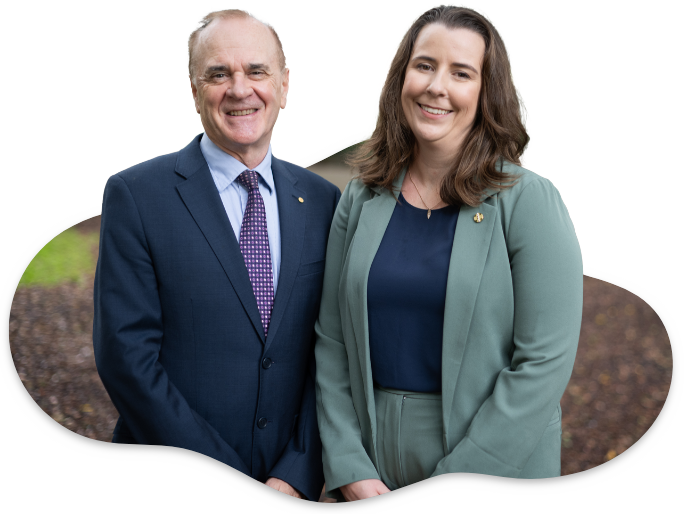
Sign in
Sign in below to manage your membership, and to access exclusive member benefits, resources and services.
Not a member?
Join the most influential membership organisation representing registered medical practitioners and medical students of Australia.